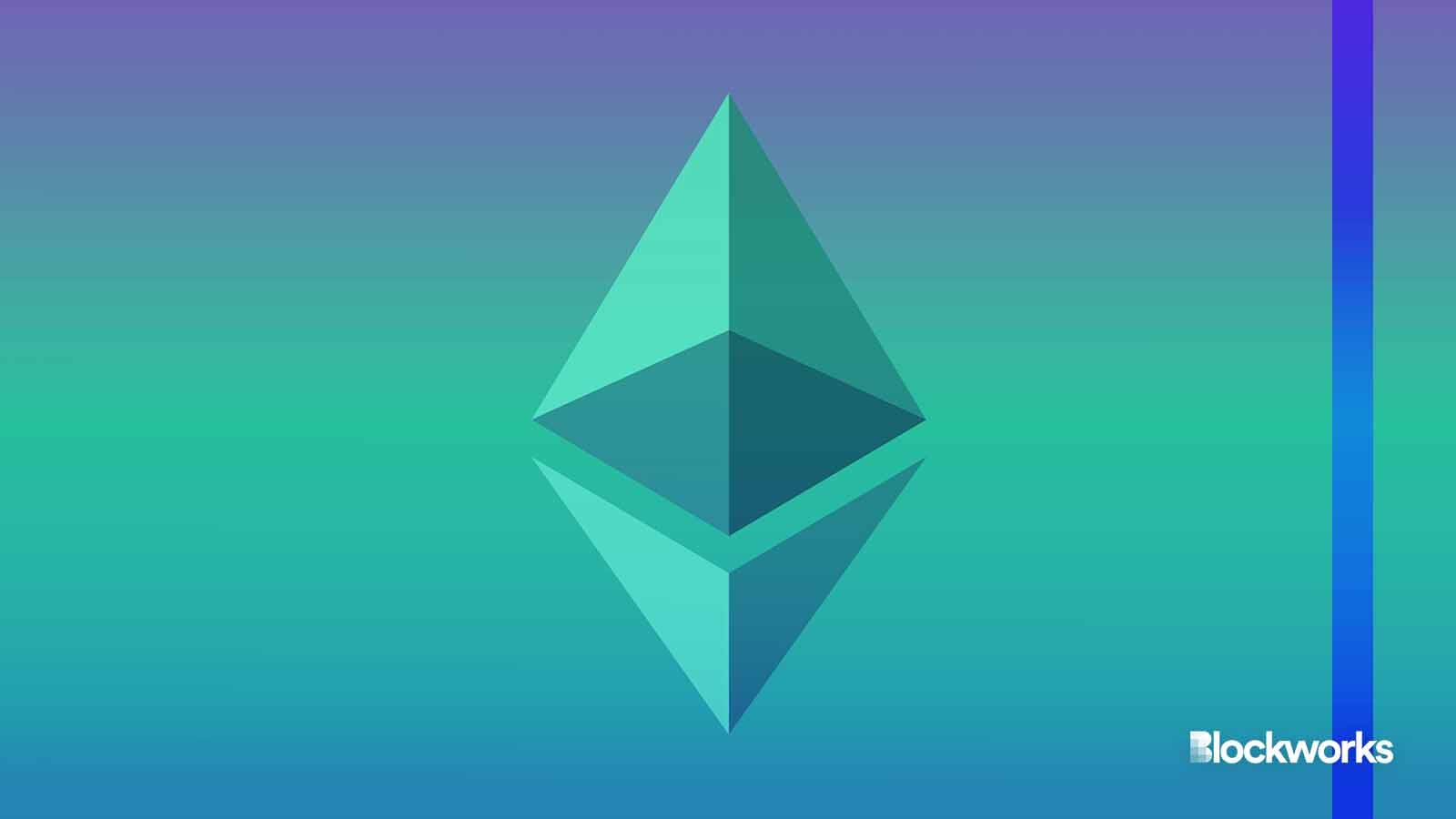Blast from the past: 3 years on from the launch of ETH staking
The $650 million locked in Blast’s deposit contract hearkens back to 2020, when Ethereum’s Beacon Chain got under way

Akif CUBUK/Shutterstock modified by Blockworks
Yeeting ETH into the void is nothing new for Ethereans.
By the time the Beacon Chain officially launched on Dec. 1, 2020, the staking contract — referred to as “ETH 2.0” back then — had already seen around 880,000 ETH in deposits.
So perhaps it’s no surprise that multisig-with-a-plan project Blast now sports $650 million in staked ether and stablecoins under its control.
Blast’s explicit promise is that deposited tokens will earn an on-chain yield, plus rewards of unknown value. Ether staking yield comes via Lido’s stETH tokens, while stablecoins are converted to dai deposited in Maker, or savings dai (sDAI).
On Thursday it emerged that the Blast deposit interface set its slippage tolerance to an inordinately high 10%, resulting in one user losing about $100,000 in value. The Blast team says they’ve fixed it.
But, sandwich attack surprises aside, most depositors at least know that all assets will be locked until the proposed optimistic rollup launches in February.
Depositors to the Beacon Chain, too, knew that their ether would be locked up for at least a couple of years — though it wasn’t clear when exactly The Merge and subsequent enabling of staking withdrawals would happen when many aped in.
Ultimately it took until April 2023, by which time about 18 million ETH (about $33 billion at the time) were deposited.
In the interim, there was a rapid growth in liquid staking, with Lido becoming the dominant player in early 2022, and already nearing a third of all staked ether by May 2022. It has remained between 29% and 33% ever since, keeping the project at the center of a debate about centralizing market forces on Ethereum.
The total percentage staked through Lido currently stands at 32.28%, and Blast — which uses Lido exclusively — isn’t helping.
How much of a problem that is, depends on who you ask.
Some will analogize the concentration of ether stake to the preponderance of the Go Ethereum (Geth) execution client for Ethereum node operators. A great deal of social coordination was needed to bring down the market share of Prysm on the consensus layer, which reduces risks to the network as a whole. Geth is currently at 84%.
Client diversity is widely seen as one of Ethereum’s strengths, a hallmark of its resilience through decentralization, which is unmatched in crypto. Indeed, decentralization and resilience are often seen as synonymous.
That’s why some are concerned about the Blast-fueled tick up in Lido’s stake share.
But for others, it’s a feature, not a bug. Blur and Blast investor Izebel.eth stated the “3 line pitch” for Blast is that “[Ethereum] would be better if everyone used stETH…so we use the bridge as a forcing function.”
Of course, the “bridge” is not really a bridge, while it can only be crossed one way. And forcing people into a harmful position isn’t doing them any favors.
It’s generally good advice to be wary of promises from backers that something can “reshape the fabric of society.” That’s not just “ambitious” — it’s hubris.
None of the more academic discussions ultimately matter, though, when you have gamification as your selling point. And, maybe there are bigger fish to fry.
In any case, Lido has more TVL — approaching $20 billion — than any other DeFi protocol by a country mile. And Blast is bigger than Base — in third place behind Arbitrum and Optimism according to L2Beat — while now hiring software engineers, much to the amusement of crypto Twitter.
Plenty of folks in this industry idolize the free market; so if that’s your modus operandi, then the market has spoken, for now.
Get the news in your inbox. Explore Blockworks newsletters:
- The Breakdown: Decoding crypto and the markets. Daily.
- 0xResearch: Alpha in your inbox. Think like an analyst.






